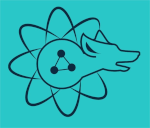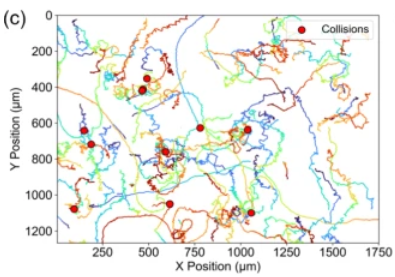EPJ Web of Conferences Highlight – XLVI Symposium on Nuclear Physics 2025
- Details
- Published on 05 August 2025

The XLVI Symposium on Nuclear Physics (SNP) took place in Cocoyoc, Mexico from January 6-9, 2025 with an attendance of about 90 participants from 15 different countries.
The SNP meeting has been organized every year since its beginning in 1978 with the exception of the COVID years, 2021 and 2022.
EPJ D Roadmap - Roadmap on carbon molecular nanostructures in space
- Details
- Published on 05 August 2025

A new Roadmap is published in EPJD
The roadmap on carbon molecular nanostructures in space contains forty contributions from leading scientists in observational astronomy, laboratory astrophysics/chemistry, spectroscopy, theoretical chemistry, astrobiology, molecular reaction dynamics, graph theory and materials science. It highlights a rapidly developing, interdisciplinary field of research that is benefiting from recent technical advances in both observational astronomy and laboratory infrastructure combined with new powerful machine learning approaches to data analysis and modelling. The rapidly expanding inventory of carbon molecular nanostructures found in space is opening up many fundamental questions concerning their origin, astrochemical relevance and significance for the origin of life. The roadmap documents the state-of-the-art in observational and laboratory studies along with the current theoretical and experimental challenges to be overcome in order to achieve a greater understanding of the physics and chemistry of cosmic carbon molecular nanostructures. New insights are being made into the properties and resilience of these fascinating molecular species that are not only of fundamental importance for understanding the chemistry of space but have wider terrestrial relevance and impact in nanotechnology and catalysis.
EPJ E Highlight - Acanthamoeba castellanii offers a simplified model for density-driven cell migration
- Details
- Published on 24 July 2025

New analysis reveals that the motion of this unicellular amoeba is governed solely by cell–cell collisions, providing a useful model for isolating the effects of density on migration
Cell migration is vital to numerous biological processes. While often guided by long-range biochemical cues, it can also be influenced by direct physical collisions, which trigger biochemical signals within the affected cells. When studying this behaviour, it is important for researchers to consider how individual cell motions are affected by overall cell density. However, experiments have been complicated by the many interacting factors involved, making it difficult to isolate the specific impact of direct cell–cell collisions.
In new research published in EPJ E, a team led by Jean-Paul Rieu at Claude Bernard University Lyon 1 demonstrates how one unicellular amoeba species, Acanthamoeba castellanii (Ac), migrates in ways that are unaffected by long-range biochemical signalling – making it a promising model for studying how density influences cell migration. By using Ac, the researchers aim to gain deeper insights into the mechanisms of cell motion relevant to diverse biological processes, including immune responses, cancer cell invasion, and tissue development.




